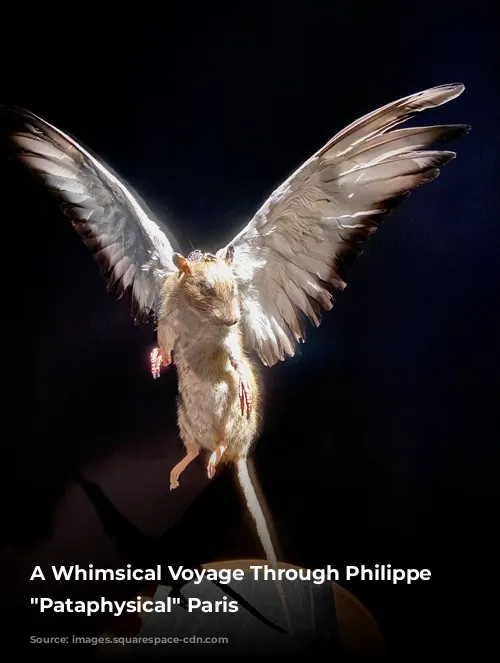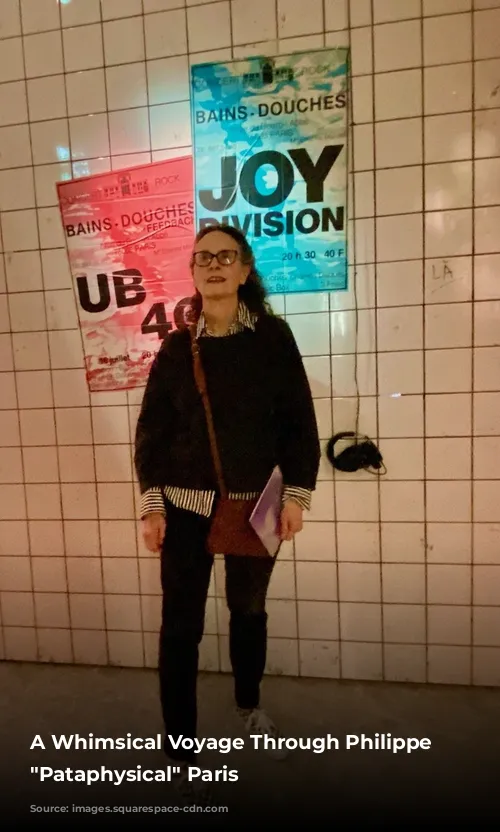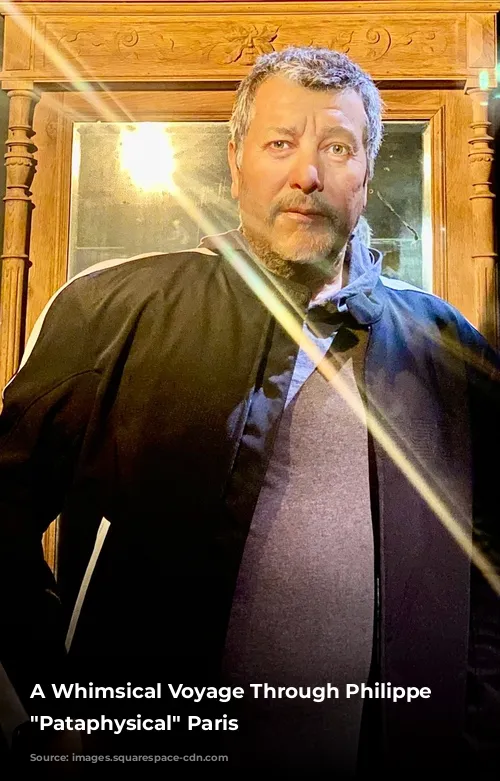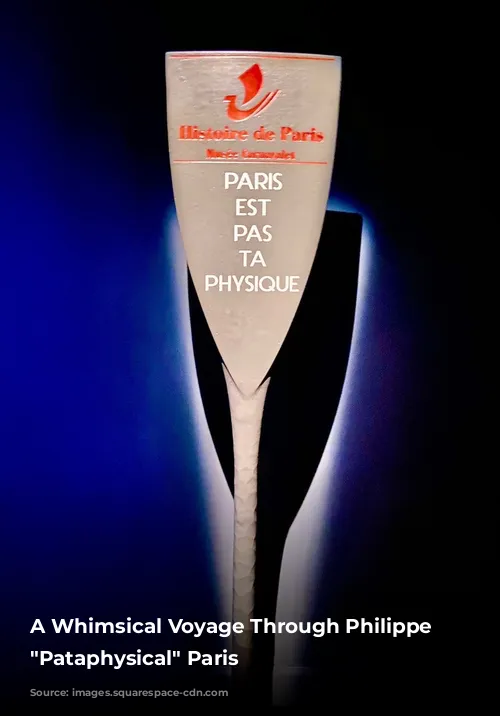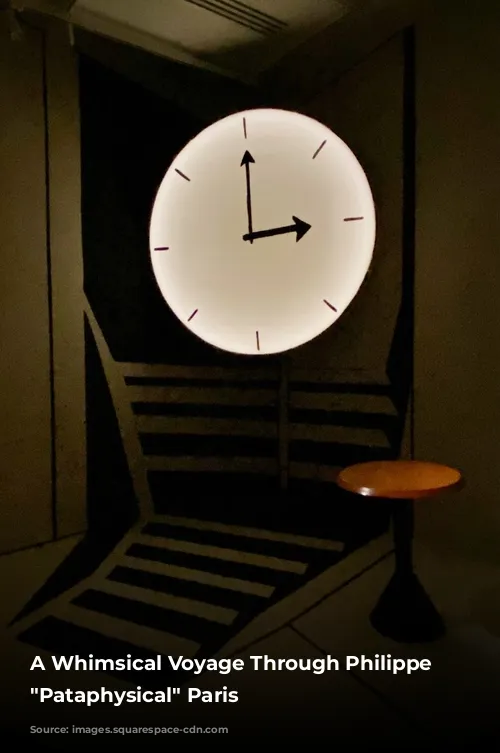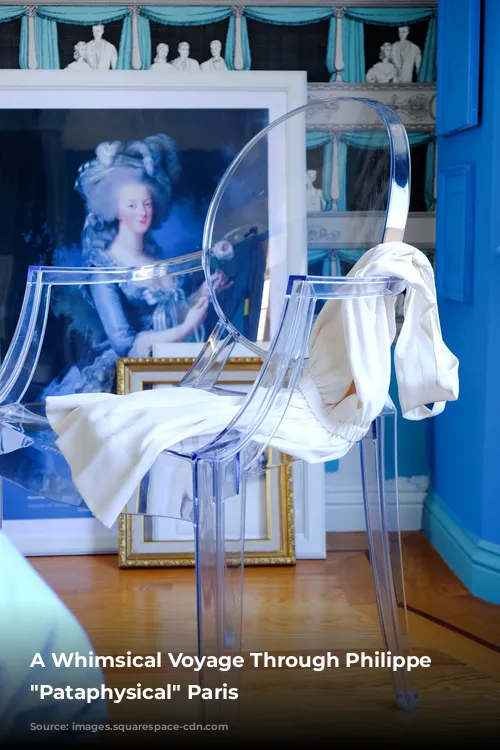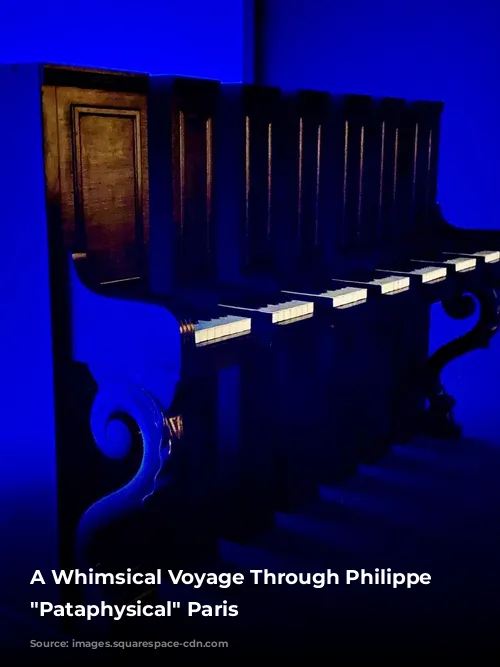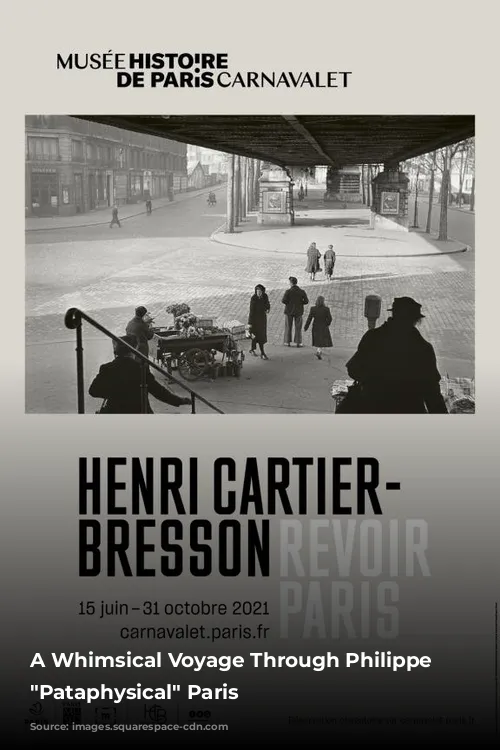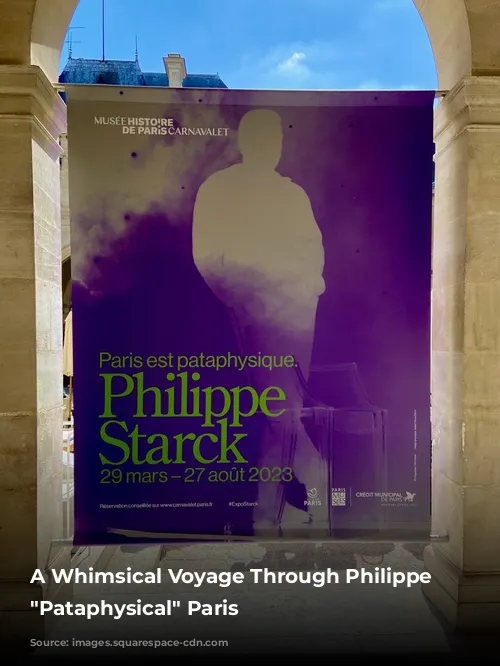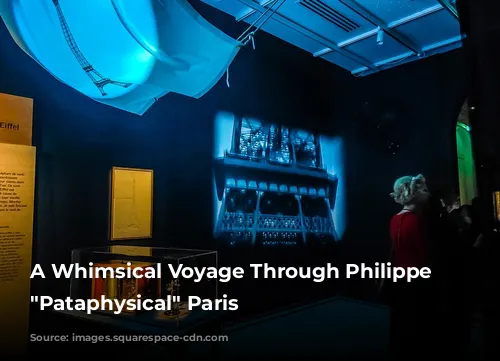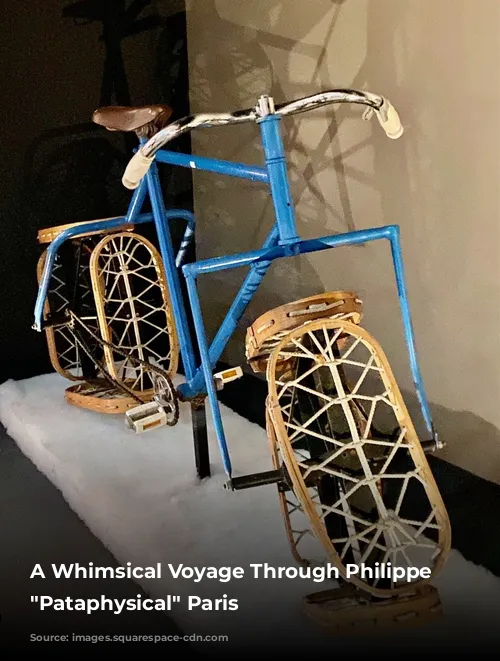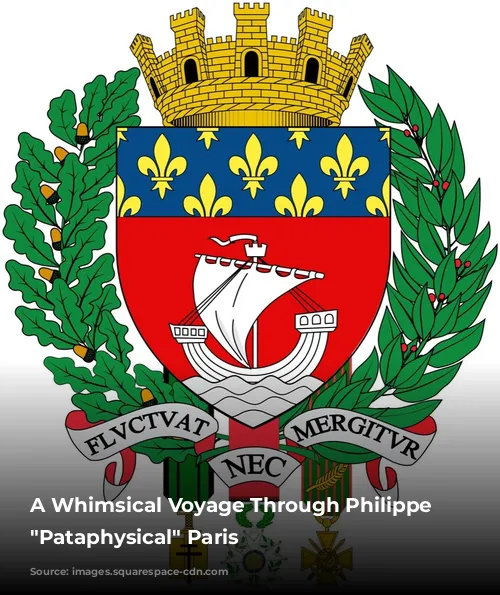The Carnavalet Museum in Paris, much like the Smithsonian Institution, boasts a diverse collection of artifacts, ranging from Proust’s bed to Fouquet’s jewelry. A recent temporary exhibition, “Revoir Paris,” showcased the breathtaking photographs of Paris by Henri Cartier-Bresson, providing a captivating introduction to the museum after its five-year renovation. This exhibit beautifully celebrated the city and one of its most iconic photographers, for whom Paris was both home and subject of his most famous photographs.

“Pataphysical” Paris: A World of Imagination
Now, the Carnavalet features another captivating temporary exhibition: “Philippe Starck’s Paris.” This exhibit delves into the world of this prolific designer, born and bred in Paris. For those unfamiliar with his work, Philippe Starck has left his mark on everything from furniture and lighting to bathroom fixtures and toys, creating a diverse portfolio spanning almost 45 years. His creations seamlessly blend functionality and aesthetics, gracing homes, offices, and public spaces alike.
At the heart of this exhibition lies the concept of “Pataphysics,” a philosophy that explores the imaginary nature of things. “Pataphysics” delves into the extraordinary, the accidental, and the absurd, embracing the unexpected and the fantastical. As Starck himself explains, “Pataphysics conceals a tremendous creative potential for discovering Paris, rendering everything possible to the extent that we accept the imaginary as true.”
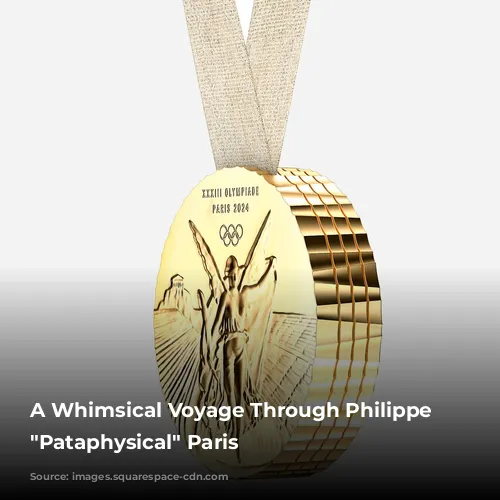
A Journey Through Paris with Dr. Faustroll
Starck’s exhibition invites visitors on a “pataphysical” journey through Paris, mirroring the whimsical voyage of Dr. Faustroll in Alfred Jarry’s “Exploits and Opinions of Dr. Faustroll, Pataphysician.” This fantastical story follows Dr. Faustroll and his companion as they sail in a boat on a sea suspended above Paris, exploring a world where imagination reigns supreme. The story, narrated by Dr. Faustroll’s lawyer, Panmuphle, paints a surreal and humorous picture of their encounters with fantastical islands, showcasing the power of imagination and language over reality.
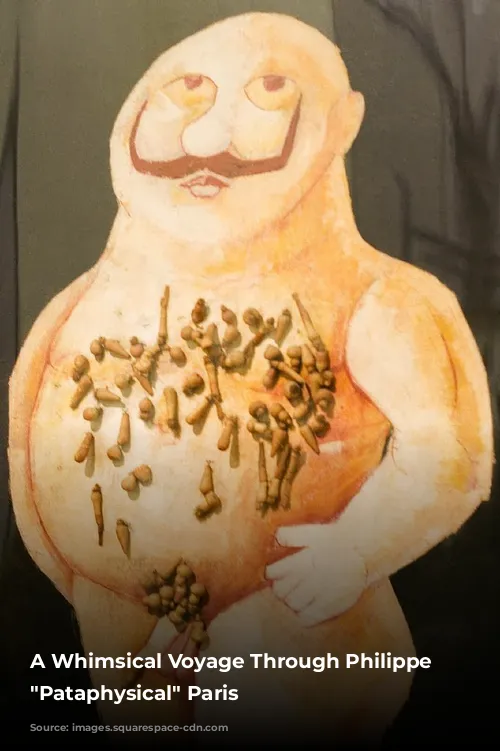
A Whimsical Tour de Force: Starck’s “Pataphysical” Interpretation
The exhibition is punctuated by iconic “Historie de Paris” plaques, often referred to as “Starck Oars” due to their shape and their connection to Starck’s curatorial role. These informative plaques, envisioned by President Jacques Chirac in 1992, now adorn over 760 historic locations across Paris. Their unique paddle shape symbolizes the City of Paris’s motto, “Fluctuat nec mergitur” (battered by the waves, but never capsized), reflecting the city’s resilience in the face of adversity.
Starck’s “pataphysical” approach is further evident in his acceptance speech for the Chair of Practical Abstraction and Speculative Concretion at the College of Pataphysics. In his speech, Starck introduced the concept of an “ace,” a vessel constructed from mica-schist and marine animals, showcasing his commitment to environmentally conscious design. This “ace” serves as a metaphor for the exhibition itself, a vessel transporting visitors on a whimsical journey through the city.
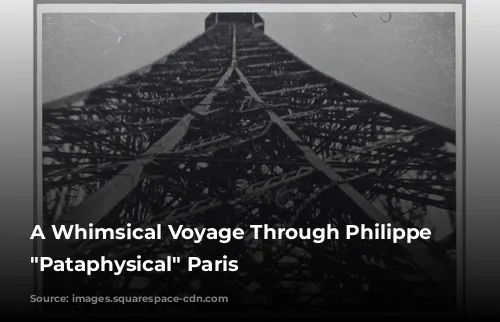
From Eiffel Tower to Olympic Medals: A Celebration of Paris
The exhibition culminates in a photo booth, offering visitors a playful opportunity to capture their own “pataphysical” memories. Finally, a display showcasing the Olympic Medal Starck designed for the 2024 Paris Games completes the exhibition, highlighting Starck’s multifaceted talent. These medals, designed to be split and shared, embody the spirit of collaboration and inclusivity.
Philippe Starck’s “Pataphysical” Paris is a captivating journey through the city, revealing the extraordinary through the lens of imagination and humor. From the iconic Eiffel Tower to the Olympic Medals, the exhibition invites visitors to embrace the unexpected and experience Paris in a whole new light.
